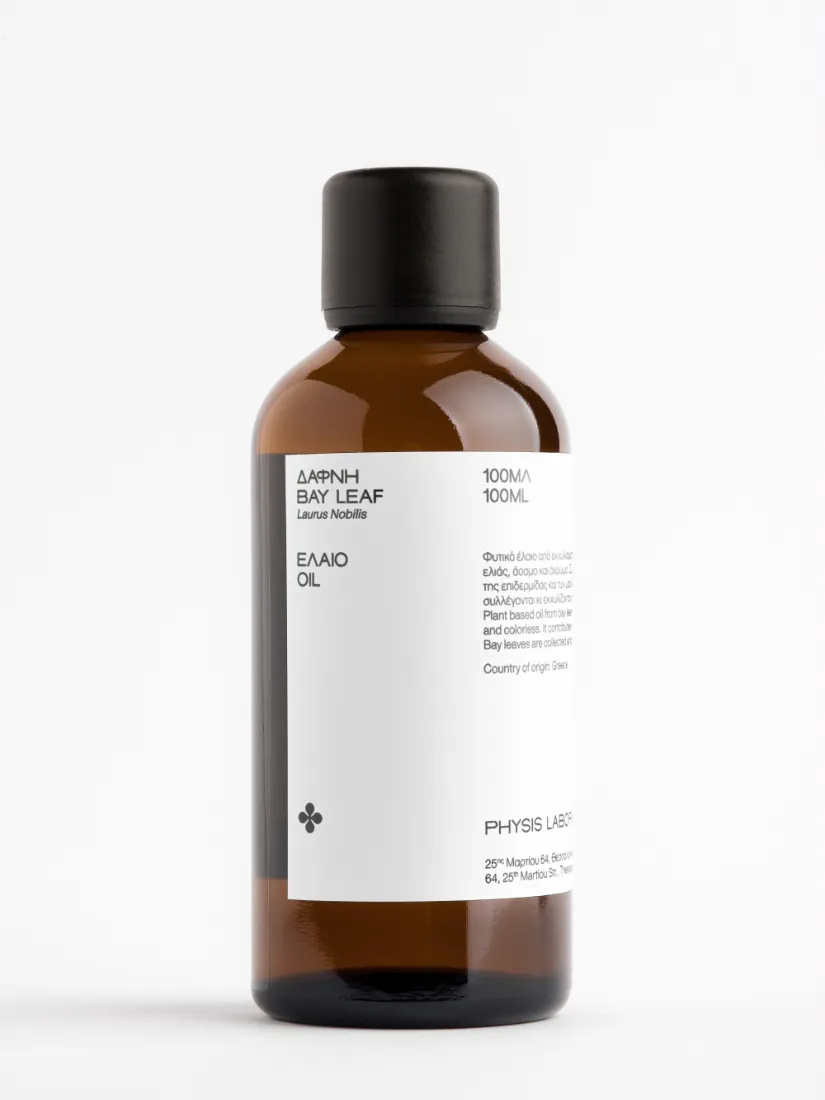Laurel, or bay, is one of the most used aromatic plants in the world.
-Bay leaf oil is the extract of bay leaves and is rich in monoterpenes, with 1,8-cineole being the most abundant compound found in this oil.
-Other compounds found in bay leaf oil are linalool, tannin, sesquiterpenes, alkaloids, vitamins A and E, minerals, fatty acids, α- and β-pipene.
-Due to its bioactive compounds, bay leaf oil is considered to exert several therapeutic properties, such as antiseptic, anti-oxidant, anti-inflammatory, moisturizing and tonic action.
-The use of bay leaf oil to the scalp provides hair care and several therapeutic properties.
-Laurel oil enhances the reconstruction of damaged hair. It tones, nurtures and gives shine.
-It acts against hair loss, reinforces hair structure and density, while it acts against dry skin, moisturizes the head and exerts an antiseptic effect preventing the growth of micro-organisms.
-It is ideal not only for damaged and dry hair, but also for gray hair.
-It could also, strengthen eyebrows and eyelashes.
-Regarding the antimicrobial and antiseptic effect of bay leaf oil, it should be noted that its bioactive compounds, such as 1,8-cineole, α-terpinyl acetate, methyl-eugenol, oleic acid, etc., due to their individual, but also synergistic action, have demonstrated strong antibacterial properties against microorganisms, such as staphylococcus, as well as antifungal activity.
-Meanwhile, 1,8-cineole seems to prevent the formation of bacterial biofilms too. As a result, bay leaf oil is also considered to be effective for cleansing the skin, treating skin imperfections and damage, helping to heal irritations, while preventing dryness.
-Last but not least, bay leaf oil is an effective massage oil against muscular and joint pains caused by arthritis or rheumatism, thanks to its anti-inflammatory and analgesic properties.

